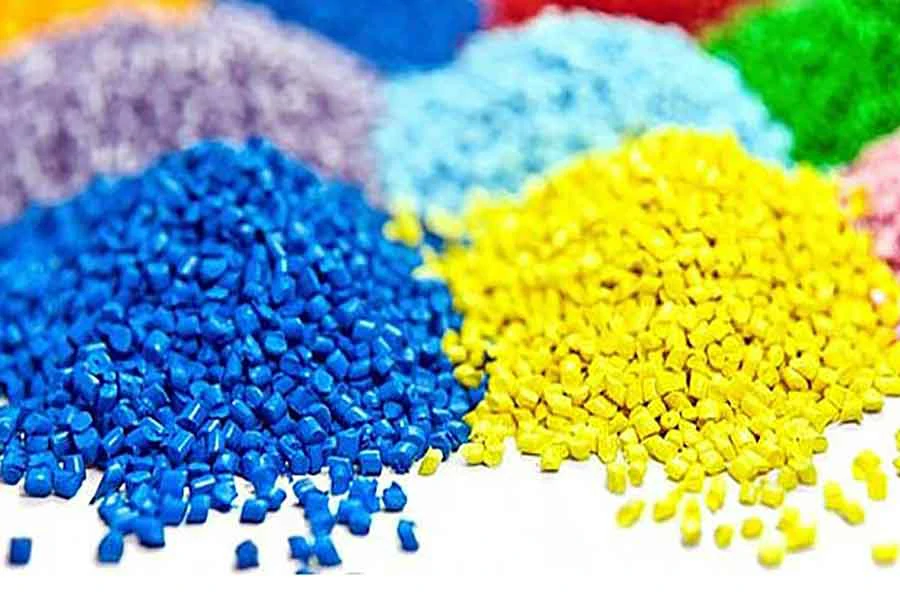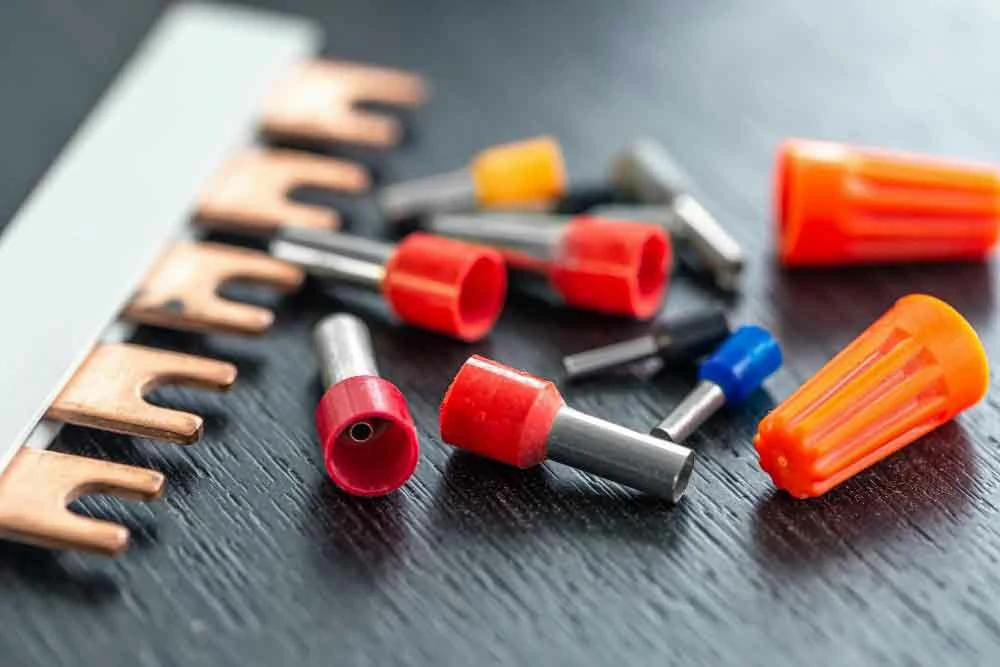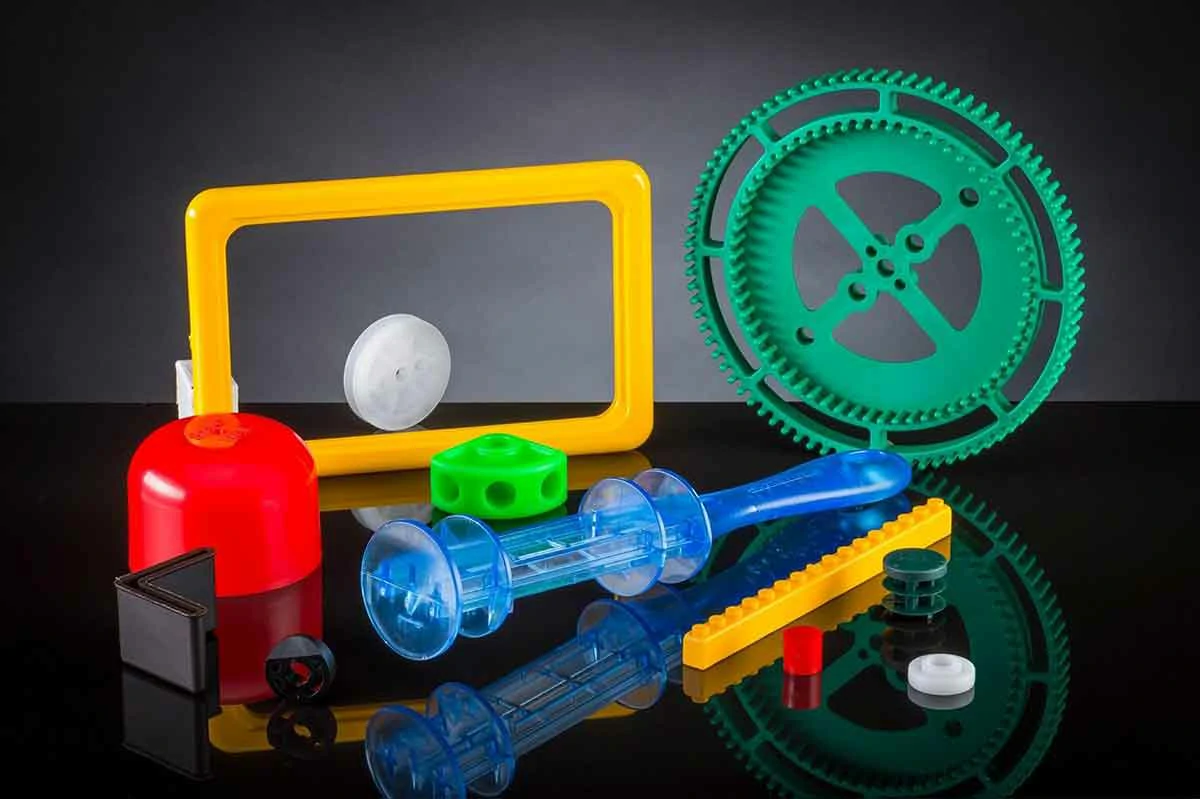Injection molding is an engineering process where material choice decides performance, aesthetics, ease of production, and sustainability. This guide outlines the fundamentals of material choice, introduces prevailing resin technologies, and talks about how sustainability, regulation, and integration for functionality are reshaping modern choices.
1. Beyond Mechanical Properties: A Holistic Approach to Material Selection
While tensile strength, impact resistance, and flexibility are often the first properties engineers look at, modern applications demand a far broader evaluation. As one of the best plastic peek injection molding supplier in China, Holly’s expert team said that: material selection today must integrate multiple dimensions beyond pure mechanical performance.
1) Service Environment Analysis
Understand not only temperature ranges but also exposure to chemicals, UV radiation, high humidity, or abrasion. Materials that excel indoors might degrade quickly under outdoor or marine conditions.
2) Load and Fatigue Behavior
Predict the cumulative effect of stress over thousands or millions of cycles. Materials like reinforced nylon composites or certain thermoplastic elastomers (TPEs) can outperform traditional plastics under cyclic loading.
3) Surface Interaction
Will the part interact with skin, food, or sensitive electronics? Choices must consider toxicity, biocompatibility, or electrostatic discharge (ESD) properties.
4) Post-Molding Operations
Some plastics weld, paint, or glue better than others. Understanding secondary processing needs avoids costly redesigns or quality failures later.
Material selection thus moves from “does it pass basic strength tests?” to a comprehensive, lifecycle-based engineering decision.
2. How Processing Behavior Impacts Material Choice?
Selecting a resin for its end-use performance is only half the equation. How the material behaves during molding has an equally critical impact on success.
1) Melt Flow Index (MFI):
Materials with higher MFI flow more easily into thin sections and complex geometries, but may sacrifice mechanical strength.
2) Thermal Processing Window:
Polymers with broad processing windows (e.g., polypropylene) are more tolerant of molding defects, while those with narrow windows (e.g., PEEK) need precise thermal control not to induce defects.
3) Shrinkage and Warpage Control:
Resins vary significantly in their shrinking behavior. Semi-crystalline resins (e.g., nylon, POM) shrink more and anisotropically than amorphous resins (e.g., ABS, PC), affecting tooling strategy and dimensional stability.
4) Degradation Sensitivity:
Certain plastics, e.g., PVC or acetal, are extremely temperature-sensitive during processing and must be within very close temperature windows to prevent the formation of toxic degradation products.
Processing behavior must be balanced with end part performance to ensure that high-quality production is always feasible.
3. Advanced Material Classes and Their Applications
New-generation injection molding employs a broad range of new generations of materials along with conventional commodity plastics.
1) High-Temperature Thermoplastics:
These thermoplastics like PEEK, PEI (Ultem), PPS, and LCP provide service temperatures over 150°C continuously. They find application in aerospace, automotive under-hood applications, and medical device autoclave sterilization.
2) Elastomeric Alloys and TPEs:
The combination of rubber elasticity properties and plastic formability is the definition of thermoplastic elastomers. These materials are best located in vibration-dampening parts, overmolded grips, and seals.
3) Long-Fiber-Reinforced Thermoplastics:
Application of long glass or carbon fibers in polypropylene or nylon is significant in providing structural stiffness and impact resistance without increasing part weight.
4) EMI/RFI Shielded Plastics:
Conductive-filled specialty compounds are employed to add electromagnetic shielding capability without the need for secondary metal shielding in electronic enclosures.
Every class offers a unique combination of performance, cost, processing difficulty, and compliance needs.
4. Sustainability and Eco-Design in Material Selection
Material selection now more often has to factor in the environmental impact, no longer just performance and cost.
1) Bio-Based and Biodegradable Plastics:
PLA, PHA, and PBS are among the plastics derived from renewable raw materials. They often must be composted under controlled composting conditions in order to biodegrade easily and may potentially be less heat-resistant and resistant than traditional engineering plastics.
2) Among the recyclable and recyclable materials are:
PCR (post-consumer recyclate) and PIR (post-industrial recyclate) resins are now being supplied in injection molding grades for motor vehicle parts, packaging, and appliances.
3) Lightweighting through Material Innovation:
Lighter, stronger materials reduce material and energy use both in production and in end product application, a strategy being targeted more and more in automotive and aerospace applications.
4) Design for Disassembly:
Selecting materials compatible with mechanical joining rather than permanent adhesives supports end-of-life recycling, a key consideration for future circular economy goals.
Sustainability isn’t just a branding exercise—it’s becoming a central engineering requirement.
5. Regulatory Compliance: An Unnegotiable Filter
Compliance with regulatory specifications impacts the material selection more than ever, particularly in healthcare, food, automobile, and consumer electronics sectors.
1) Medical Applications:
Implantable devices, diagnostic tools, and surgical tools need biocompatibility certifications (ISO 10993, USP Class VI). Polycarbonate, PPSU, and PEEK of some grades are processed for repeated sterilization cycles.
2) Food-Contact Materials:
FDA and EU standards regulate plastic use in direct food applications, limiting allowable additives, stabilizers, and migration rates. Polypropylene, PET, and certain grades of acetal meet these standards when appropriately formulated.
3) Automotive and Aerospace:
Materials must be compliant with flammability standards (e.g., UL94 V-0), chemical resistance testing, and long-term heat aging specs to qualify as critical components.
Compliance narrows the field of eligible materials and often requires extensive documentation, pre-certification testing, and audit readiness.
6. Future Trends Shaping Material Selection
The future of material selection is being redefined by converging technological, environmental, and market forces.
1) Functional Integration:
New resins will increasingly combine multiple properties—such as structural strength, EMI shielding, and flame retardancy—into a single material to streamline manufacturing and assembly.
2) Smart Materials:
Shape-memory polymers, self-healing materials, and color-changing plastics are moving from laboratory curiosity into mainstream manufacturing possibilities, enabling unprecedented product designs.
3) Digital Material Databases:
AI-driven databases that predict material performance based on processing conditions and intended application are emerging, greatly accelerating early-stage selection and reducing trial-and-error costs.
4) Sustainability Mandates:
Expect growing pressure on materials that allow full lifecycle accountability, cradle to grave, in line with global carbon reductions and extended producer responsibility (EPR) legislation.
7. Conclusion
Selecting the correct material for plastic injection molding is a more complex, multidimensional decision. Mechanical performance, thermal response, chemical resistance, appearance outcomes, processing efficiency, regulatory acceptability, and environmental sustainability must all be balanced by engineers against budget and schedule constraints.
In the competitive global market today, intelligent material selection is not an advantage—it is a competitive advantage. Working with excellent material suppliers, employing advanced simulation techniques, and environmentally friendly methodologies will ensure your molded products meet not only performance requirements but also the total needs of society and the marketplace.
Material choice is no longer a technical process; it’s driving innovation, accountability, and long-term achievement in modern manufacturing.



